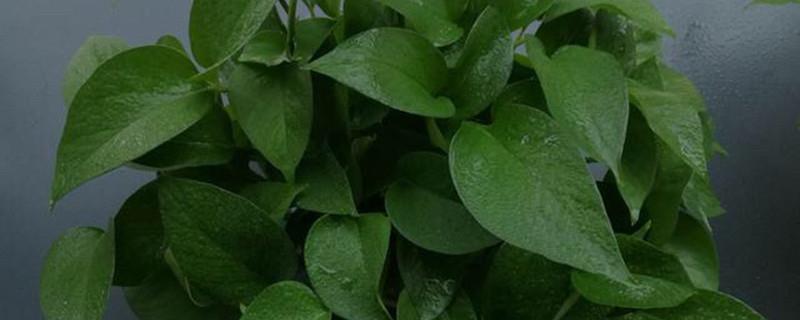Characteristics of ivy, introduction to ivy
Last Update :2024.05.05
Article Catalog
Creeper, also known as wall-creeper, is a plant of the genus Vitaceae. The flowering period is in May and the fruiting period is in September-October. It has two main characteristics: First, it is a vine with strong climbing ability and can be adsorbed on walls, tree trunks, and rocks. Secondly, it has easy-going growth habits and strong adaptability. It likes shade and tolerates drought, and can grow in ordinary soil. It has the functions of beautifying the environment, blocking strong light, reducing noise, and maintaining air humidity.

1. Introduction to the creeper
The creeper is also called the wall-creeper. It is a plant of the Vitaceae family and can be adsorbed on walls, tree trunks, and rocks. The flowering period is in May and the fruiting period is in September-October. It has the functions of beautifying the environment, blocking strong light, and reducing noise. It is suitable for cultivation in courtyards, bridges and other places that are conducive to the beautification of houses and the surrounding environment. It can not only cool down, but also reduce noise. Its flower language is "friendship, loyalty, marriage".

2. Characteristics of Ivy
1. Appearance characteristics: It is a vine with strong climbing ability. There are tendrils on the branches of the ivy and sticky suckers on the top, so it can be adsorbed on walls, trees, and rocks. The leaves are green and hairless, turning red in autumn.
2. Growth habits: Its habits are easy-going and adaptable. It likes shade and tolerates drought, and can grow in ordinary soil. In addition, it grows very fast. Generally, a rattan with a stem diameter of 2cm can cover 30-50 square meters of wall after being planted for about two years.

3. The role of creeper
1. Beautify the environment: It can be climbed on walls or rocks to create vertical greening. Planted on house walls, fences, garden entrances, bridgeheads and other places, it is used to beautify the environment and has high ornamental value.
2. Maintain air humidity: Its tendril-type suction cup can absorb moisture from the wall, making a humid house dry; in dry seasons, it can also increase humidity.
3. Reduce noise: As a barrier between the house and the outside world, it can absorb noise in the environment and also absorb flying dust.
4. Block strong light: Covering the wall of the house blocks strong sunlight and reduces the indoor temperature.
5. Medicinal value: Its roots and stems can be used as medicine, and have the effects of breaking blood, activating muscles and stopping bleeding, and reducing swelling and toxins.

- END -
How to slice onions and what foods are compatible with onions

The method of slicing onions is relatively simple. First cut from the middle part ...
Things to note when replacing pothos with soil

When changing the soil of pothos, you need to stop watering in advance, so as to f...